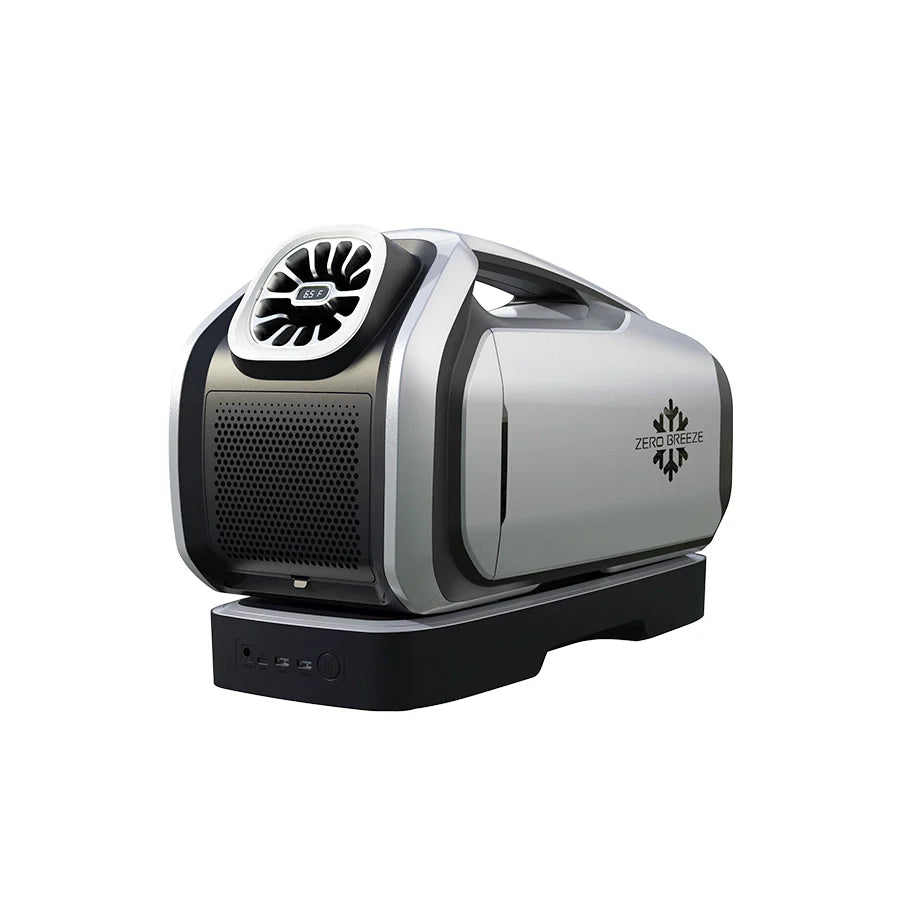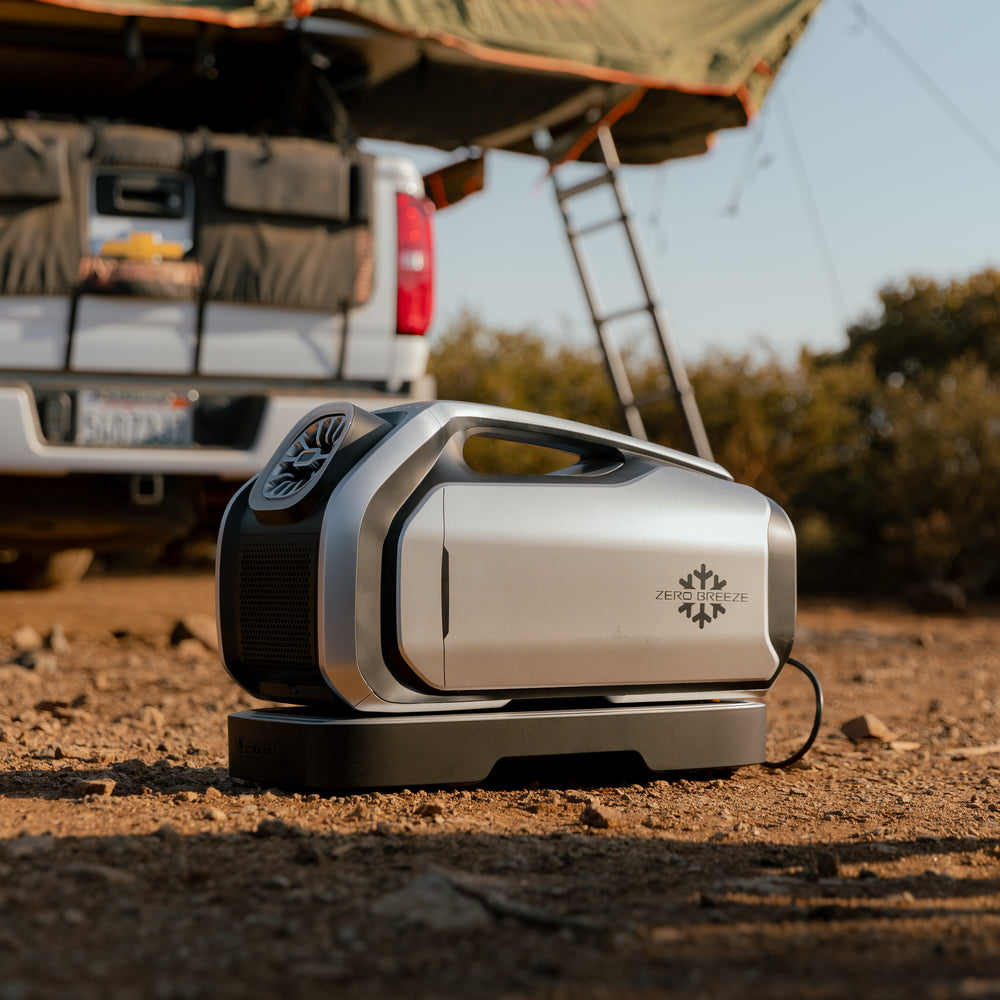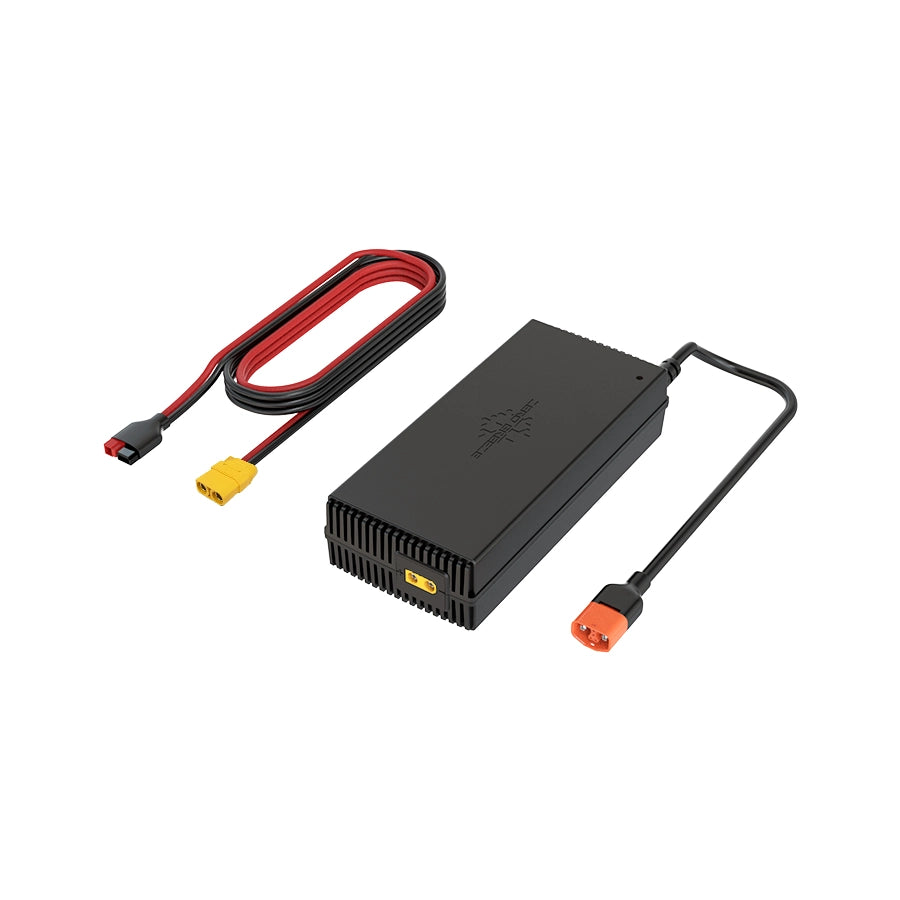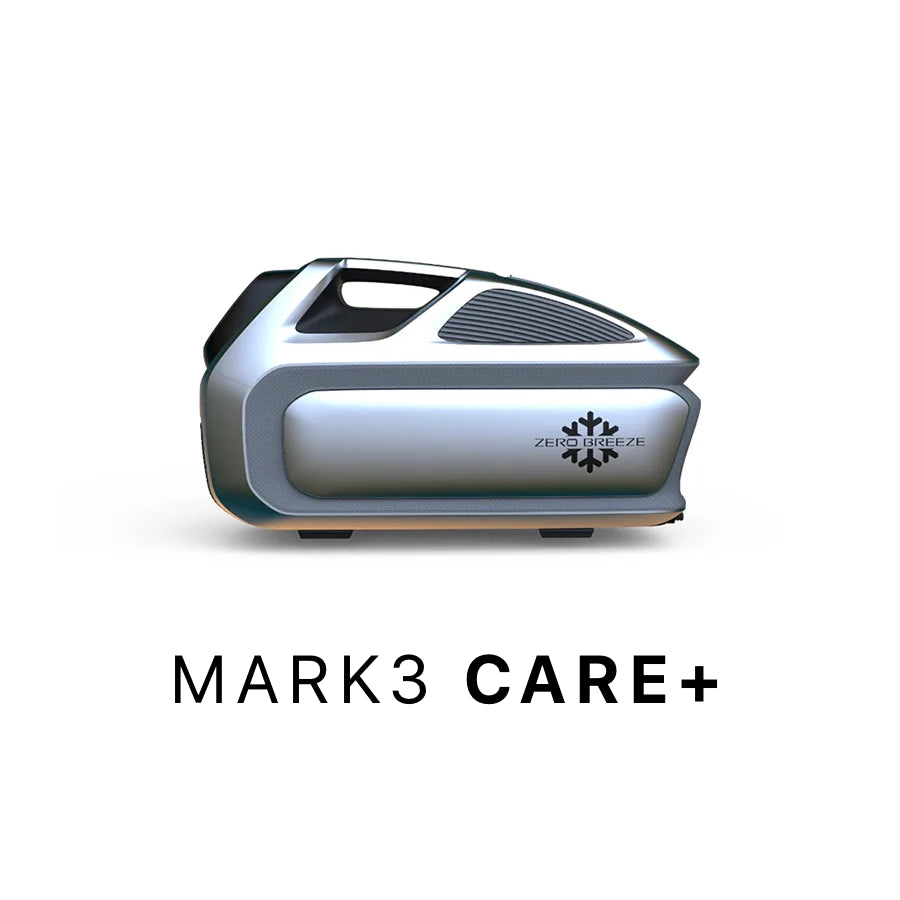Embracing Change: From Wilderness to a Home Away from Home

"Why bring air conditioning, soft bedding, and your favorite Netflix show into the wilderness?" That’s a common question from traditional campers who feel that adding modern comforts to outdoor adventures dilutes the authentic experience. For them, camping is about stepping away from the comforts of home and embracing the natural elements. In their view, it’s no longer about immersing yourself in the wilderness, but about bringing the hotel room along with you. There’s also the environmental concern—powering these comforts can be resource-intensive. Moreover, some argue that it takes away the personal growth that comes from enduring the elements, working through challenges, and simplifying life.
But times are changing. More people are embracing glamping (glamorous camping) or simply comfortable camping. For newer generations, camping isn’t about stripping away all modern comforts; it’s about finding a balance between the adventure of the wild and the conveniences that allow everyone to enjoy it. This shift is making outdoor experiences more accessible, sustainable, and enjoyable, especially for families who want to create lasting memories in nature.
Dave’s Journey with the Mark 2
Take it from someone like Dave Gallagher, who has fully embraced the new wave of glamping. His journey into this luxurious style of camping wasn't planned; it evolved naturally from his love for both the outdoors and comfort. Now, let's hear from Dave himself about how this transformation came to be.
My Journey with the Mark 2
When it comes to camping, I'm no stranger. I've been camping for as long as I can remember, tagging along with my parents when I was young. It's definitely in my blood. Over time, I started looking for ways to make camping more convenient and less of a strain. My journey into glamping wasn’t intentional, but it just sort of happened naturally, given my love for both the outdoors and a bit of comfort.
It all started when I had the idea to transform my single-place motorcycle trailer into something that could also haul my kayak and motorcycle. One thing led to another, and I thought, why stop there? I added a rooftop tent (RTT) to the trailer instead of my vehicle for convenience. After all, who wants to set up camp only to realize you've forgotten something in town and have to pack everything up again? The RTT made life so much easier.

My passion for cars also played a big role in modifying my camping setup. I've been an automobile enthusiast for years and have collected a few unique cars along the way. This interest eventually led me to tweak my camping gear. Being self-employed gave me the flexibility to work on creative projects like this. I've run a car wash business and now own a high-end auto detailing shop just north of Boston. My main goal with all these modifications was simple: to keep my partner comfortable and happy while we're out camping. If she's not smiling, the trip could be a bust. Whether we're on a windy mountain or deep in the woods, preparation is key for both enjoyment and safety.
About two years ago, I started researching heat and A/C solutions for camping, and that's when I came across the ZERO BREEZE Mark 2 portable air conditioner. It immediately caught my eye. Since I was already in the process of getting my rig fabricated, I decided to incorporate the Mark 2 into my setup. It turned out to be a game-changer. The unit works so well that we sometimes have to dial it down to avoid freezing, even in the middle of summer!

I started with a Myco Fold-Up Motorcycle Trailer. Now, I'm not a metal fabricator, but I can turn an idea into reality with the right help. A good friend of mine, who's great at welding, and I worked together to create a fully custom, user-friendly RTT system. I call it the "Tent Mahal." It has all the storage I need, like GIVI Trekker aluminum hard motorcycle cases—perfect for the outdoors and easily locked on the trailer or removed when needed.

For added convenience, I installed a Yakima 10-Gallon RoadShower Tank, which connects to a Joolca Instant HoTTap for both a sink and shower. To power everything, I set up 7,400 watts of battery storage, supported by 400 watts of solar panels for recharging. With all the conveniences we’ve built in, the setup feels more like a cabin than a tent. While other campers were stuck waiting in line at the port-a-potties, we had our own private bathroom setup, so no waiting was needed.

I’ll never forget one particular trip when we camped at a stunning site with panoramic views. A family of bears wandered through our campsite, leaving scat everywhere, but we felt safe up in the RTT, far from harm’s way. It’s incredibly reassuring to know you’re elevated and protected when camping in bear territory.
In the end, I think what I've built is the true definition of glamping. It's not about avoiding nature but about being prepared for any scenario and staying comfortable while enjoying the outdoors. As I always say, "Better to have and not need, than to need and not have."
The Glamping Trend: A New Chapter in Outdoor Living
Dave’s story is far from unique. The 2024 KOA report shows that the COVID-19 pandemic introduced a new wave of campers to the outdoor world, many of whom were used to hotel-style accommodations. As a result, they began looking for similar comforts while camping, shifting from hotels to RVs and embracing the glamping trend. In the report, many campers cited that the appeal of outdoor living is not just about experiencing nature, but also about disconnecting from the demands of everyday life—even if only briefly—while still maintaining a level of comfort that makes the experience enjoyable.
This movement mirrors the “Murray’s Rush” of the late 19th century when city dwellers, inspired by William H. H. Murray, flocked to the Adirondacks to escape the pressures of urban life. At that time, camping was seen as a form of spiritual pilgrimage—disconnecting from the noise and finding solace in nature. Today, the motivations are similar, but the means have evolved to include more modern comforts.
In the 20th century, the advent of mass-produced camping gear made the outdoor experience accessible to a wider audience. Innovations like lightweight tents, portable stoves, and sleeping bags allowed families to venture further into nature with greater ease. Post-World War II, veterans brought back survival skills that further shaped the camping culture in America. By the mid-20th century, camping had become mainstream, with the rise of the automobile and the expansion of the national park system, making road trips and car camping more popular than ever.
The Future of Camping: Embracing Change
As camping continues to evolve, it’s clear that modern technology and conveniences are here to stay. Whether you’re a traditional camper or a fan of glamping, the goal remains the same—to connect with nature, slow down, and enjoy life outside of our daily routines. Far from diminishing the experience, tools like the ZERO BREEZE Mark 2 enhance it, allowing everyone, no matter their comfort level, to fully enjoy the great outdoors.
In the end, the way we camp may change, but the essence of camping—being close to nature—remains timeless.
Image & video credit: Dave Gallagher
Share your story with our community!










Leave a comment